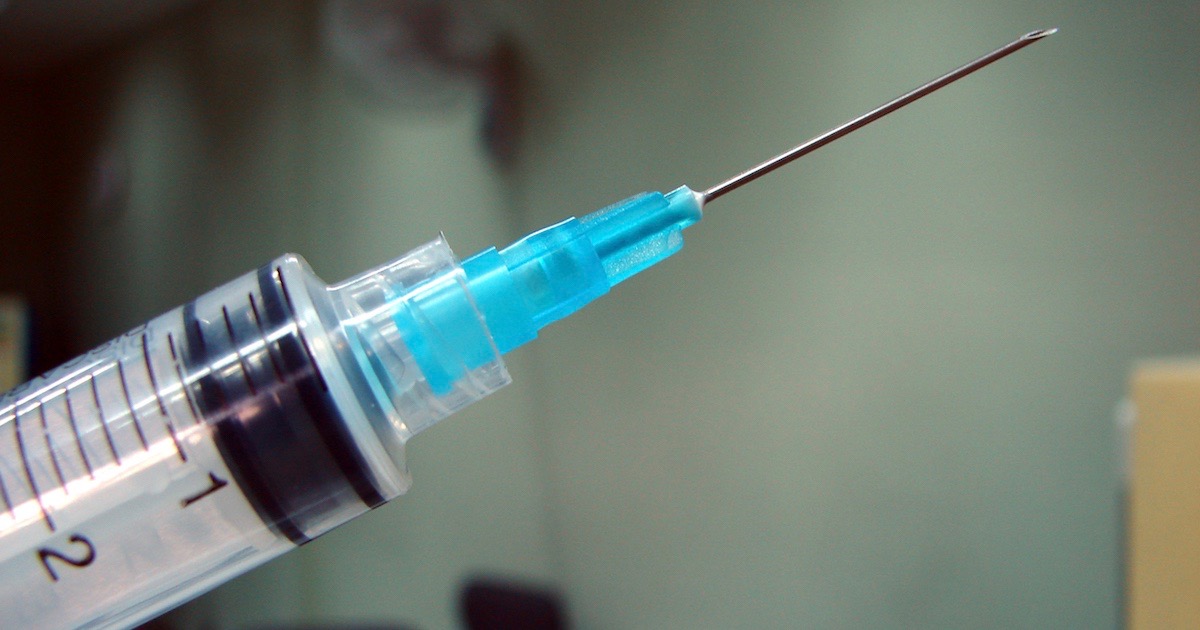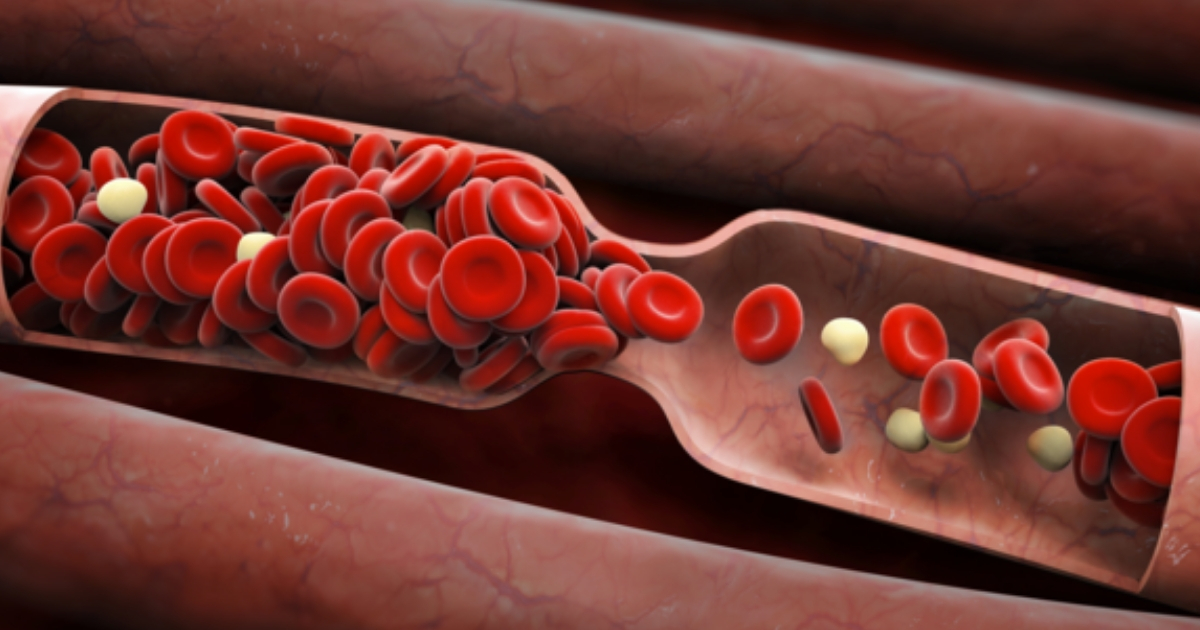Options For Diagnosing And Treating Telangiectasia
Telangiectasia is a type of skin and vein condition many individuals face. It is caused by overly widened blood vessels often near the surface of the skin. Sometimes called spider veins, telangiectasia frequently appears in areas like the nose or cheeks, so many individuals want them removed for aesthetic purposes. In rare cases, telangiectasia can be uncomfortable, or it can be a sign of severe illness. Since telangiectasia may be fairly serious, it is important to get a diagnosis as soon as possible. Though the typical case of telangiectasia is not medically harmful, treatment can still be useful for patients who want to boost their self-esteem. Here's what individuals need to know about diagnosing and treating telangiectasia.
Clinical Signs To Watch For

Before anyone can begin treatment for telangiectasia, it is necessary to be able to diagnosis it. Doctors typically have a few key clinical signs to watch for when they are trying to diagnose telangiectasia. In most cases, telangiectasia presents itself as tiny, threadlike red lines, which can cluster or be spread far apart from each other. They most often appear on the cheeks, nose, lips, and eyes. In addition to their physical appearance, telangiectasia can also be identified by how they feel. Some patients may get telangiectasia without feeling any discomfort, but others report feeling slight pain or itching in the area. In rare cases where telangiectasia occurs deeper within the body, patients may have seizures, shortness of breath, frequent nosebleeds, bloody stool, or minor strokes. This is a form of telangiectasia called hereditary hemorrhagic telangiectasia and is a genetic condition that results in telangiectasia on the organs. If these burst, they can result in hemorrhaging, so immediate treatment is needed.
Uncover more information on treating telangiectasia now.
Sclerotherapy

This treatment works by damaging the interior of the blood vessels causing the spider veins to form. The blood vessels then collapse or scar, so they cannot fill up with blood and be visible on the surface of the skin. It might sound intense, but sclerotherapy is actually one of the simplest and least invasive methods for treating telangiectasia. In this treatment, a doctor will fill a small needle with a salt solution and inject it into the vein. The vein will then collapse and turn into a small area of scar tissue. Typically, the scar tissue is less noticeable than a red spider vein would be, and it fades over time until the appearance is almost invisible. The procedure is quick and fast, so it is normally over in a half hour. Patients can return to most normal activities immediately after getting sclerotherapy, though they will need to avoid doing aerobic exercises for at least a few days afterward.
Get the details on the next treatment option for telangiectasia now.
Surgical Intervention

Surgery is normally only recommended for patients who have persistent telangiectasia or a very tight cluster of widened veins in an area. Surgical intervention is rarely used as a treatment for telangiectasia because it is more invasive and takes a longer recovery than other treatments. During the surgery, a patient may need either topical or general anesthesia depending on the position of the spider veins. The doctor will then make an incision and remove the widened veins causing telangiectasia to occur. Recovery from surgery can take quite a bit of time, and it can be a little uncomfortable in the months following surgery. Because of the drawbacks, few patients choose surgical intervention. However, it can be useful for individuals concerned about the clotting that can occur with sclerotherapeutic treatment methods.
Learn more about how to treat telangiectasia now.
Laser Therapy

Laser therapy's method of treatment relies on sealing off the widened blood vessels visible beneath the skin. The type of laser used for this treatment is fairly similar to the lasers used to remove tattoos and perform other dermatological treatments. During the treatment, patients lay back and wear safety goggles while a trained surgeon or dermatologist aims a laser light over their skin. The sensation of the laser hitting the skin feels like a small slap or pinch. Afterward, the area zapped by the laser will look slightly swollen and reddish. Over the next few days, the area can look a little bruised, but any discoloration should be gone after about a week. The result is the spider veins are sealed shut, so they cannot hold blood and change the color of the patient's skin. Laser therapy is a great option for individuals who want to avoid any injections or incisions during treatment.
Discover more ways to treat telangiectasia now.
Embolization

Telangiectasia on organs can burst and cause extensive bleeding. In this sort of situation, embolization may be an ideal way of closing off a supply of blood to a vein within the body. It works by putting a synthetic material in the blood vessel to halt the flow of blood. Without blood getting through to the telangiectasia site, the spider veins cannot continue to leak blood. Though it is quite effective, patients should keep in mind embolization is a slightly lengthy medical procedure. They may not be able to eat or drink anything before the process, and may also require anesthesia. When it is time to begin the treatment, the doctor will insert a catheter into the vein and guide it to the desired site. They will then insert the embolic agent to halt blood flow. Afterward, all catheters are removed, and the site of the catheter entrance will be covered with a dressing. Patients will need to stay in the hospital for several hours afterward.
